
Tonneau – the French word for Barrel – proved to be a very popular case shape for Cartier that became prominent during the Art-Déco era. The exceptional form of the watch perfectly captured the spirit of the times and evidently corresponded to the geometric and lavish preferences of the time. Today, almost a century following the initial presentation of the watch, the Tonneau shape is still a classic form in watchmaking.
The first Tonneau timepiece was presented by Cartier in 1906 – just a short two years after the Santos was introduced. The Tonneau was the very first Cartier wristwatch for men, but the luxury French Maison soon began to manufacture this iconic shaped timepiece for women as well. Whether it is a men’s watch or a ladies’ watch, the exclusive Tonneau lends a touch of class to any wrist.
Distinct case shapes and Cartier have gone hand-in-hand since the iconic French brand started its work in watchmaking. For 2019, the Grande Maison returns to the historic tonneau in four executions.
Over time, Cartier presented variations of the Tonneau model. The basic barrel shape of the watch remained consistent among the design elements of different Tonneau models, as the watches can often appear quite different.
Today, the original Tonneau models belong to Cartier’s rare vintage watches. They also comprise a very important chapter in Cartier history. The world jeweller can look back on great accomplishments including opening boutiques overseas, introducing the first men’s wristwatches, and acquiring prestigious customers on a global scale. But among all the accomplishments of the luxurious watchmakers, the world jeweller can proudly look back to the successful period in history in which the classic and exquisite Tonneau was presented to the world.

Cartier Privé Tonneau Collection
The pre-SIHH press releases have started to trickle in, signaling the start of a new year in the watch world and while some brands may choose to tease more uncomplicated pieces, saving prized ones for the fair, Cartier went straight to the main course – unveiling a new case shape to add to the collection.
At the upcoming SIHH watch salon in Geneva, the French master jeweler and watch design pioneer revives another early 20th-century shaped model that went on to become hugely influential, its 1906 Tonneau, in the Cartier Privé line.
It’s been a grand 112 years since Cartier launched the Tonneau watch back in 1906 and it seems the time is ripe to bring the shape back. Tonneau, a French term for barrel, was used to describe the striking shape that stood out amongst the simple, round cases of the time. Neither a rectangle nor an oval, the tonneau is an amalgamation of both rather, with the case curving ever so slightly. When it was presented, Cartier coated the watch in platinum, for emphasis on its ‘avant-garde aesthetics’.
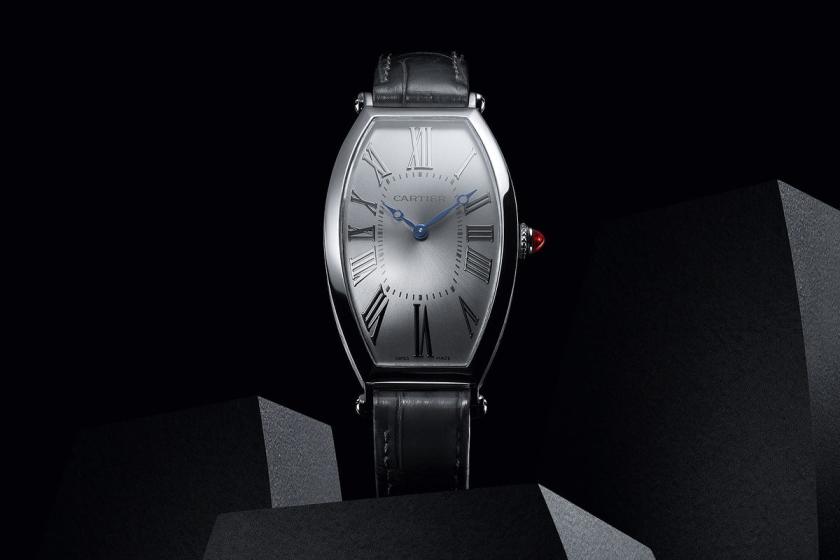
Cartier Privé Tonneau in Platinum
Celebrating that legacy this year, Cartier will be showing two time-only versions, one limited to 100 pieces in platinum paying homage to the first Tonneau, and another in rose gold.
The winding crown is topped off with a cabochon in classic Cartier style. The dial – Champagne-colored on the rose-gold watch, silvered on the platinum – features polished, rhodium-plated applied Roman numerals and a vintage-style railtrack minutes scale.
While the watches may be steeped in early 20th-century aesthetics, rest assured that Cartier has updated the pieces to be ready for the 22nd century. Besides the Roman numerals, a minute track further towards the middle of the dial, and a cabochon on the winding crown – the quintessential Cartier look – the pair of watches see the new handwound Caliber 1917 MC powering them, with a 38 hour power reserve.

Cartier Privé Tonneau in Rose Gold
If shapes were Cartier’s forte in casemaking, then skeletonisation was where Cartier made its mark in the art of movement-production. The Maison’s ability in paring movements down to its bare minimum has always been a skill it’s cherished and this year, the Tonneau is getting the skeleton treatment.
In a different sizing, Cartier shows both form and function on the new Tonneau XL Dual Time, taking cues from a vintage Cartier Tonneau. While the older model that the watch is based on used two small and separate calibres to tell the time between the two zones, the modern day iteration sees a singular movement, the 9919 MC calibre.

The case has wrist-hugging curves and the iconic cabochon-set crown.
Running the entire geartrain in a single line so as to forgo a messier movement architecture and retain the elongated form, the watch is reminiscent of other linear movements such as Corum’s Bridge calibres. With a case as complex to build as the Tonneau’s. given that there’s a slight curvature to fit the wrist better, the movement was modified to follow the same dimensions.
For both the platinum and pink gold versions, the Tonneau XL Dual Time Skeleton is just one of the many illustrious examples of Cartier’s Fine Watchmaking Department’s expertise over the years. It’s may be a simple question – what can be achieved aesthetically by pushing watchmaking – but Cartier’s answer is anything but.

The movement in the Cartier Privé Tonneau Skeleton Dual Time Zone has a vertically aligned gear train.
Two skeletonised dual time watches are being introduced in larger 37.8mm x 24mm cases housing the hand wound calibre 9919 MC movement. Both platinum and pink gold versions are limited to 100 pieces, while an additional 20 numbered pieces will be available in baguette-cut diamond-set platinum.
This calibre 9919 MC movement represents a technical achievement in several respects, with its linear-oriented gear train, with wheels aligned between 5 and 12 o’clock, designed to maintain the integrity of the case shape; the curved contours of the movement itself; and the angled cutting on the gear train’s barrel and escapement wheel.
Fully wound, Caliber 9919 MC (the initials are for ‘Manufacture Cartier’) amasses a power reserve of 60 hours.

The Cartier Privé Tonneau Skeleton Dual Time Zone in rose gold.
Prices for the new Cartier Privé Tonneau collection will be announced at SIHH 2019. Come into the wonderful world of Cartier.

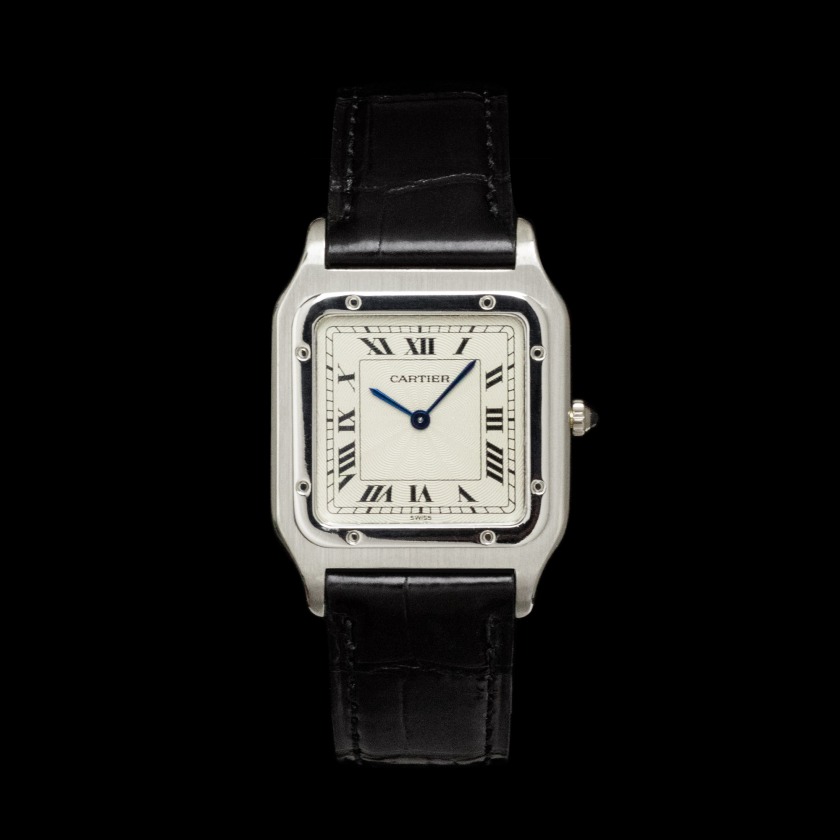
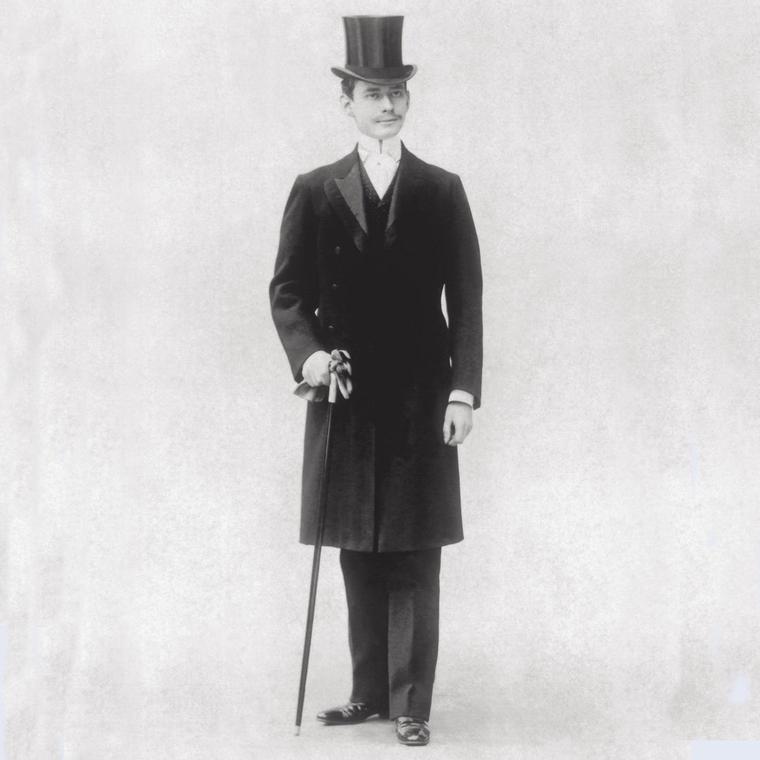
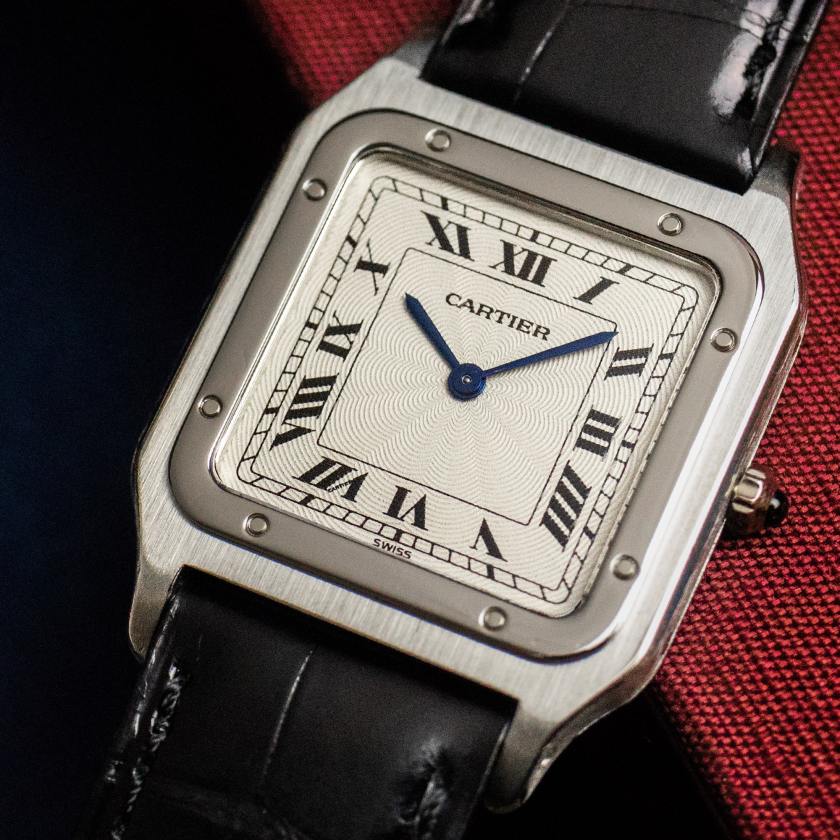
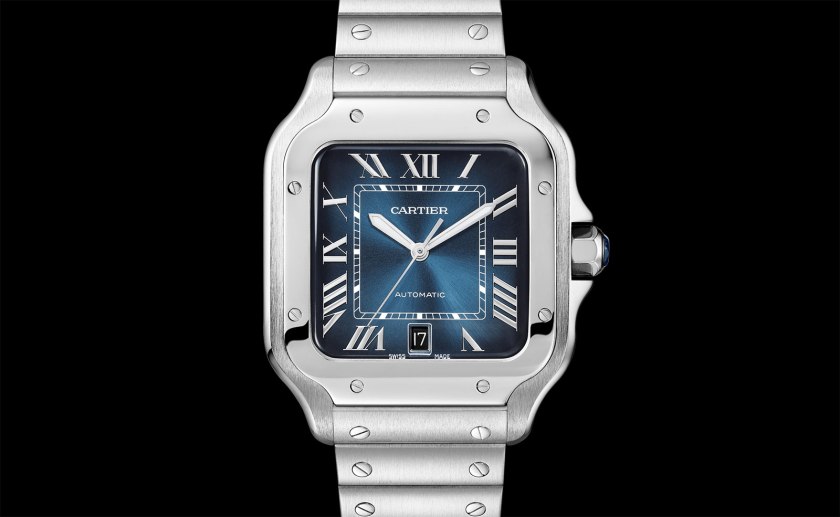
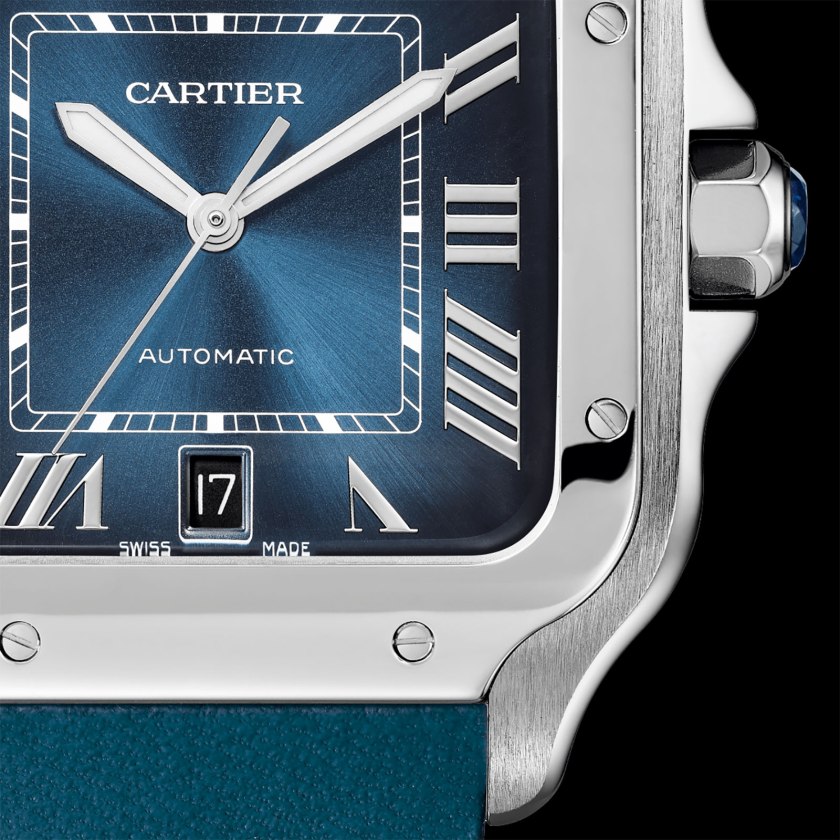
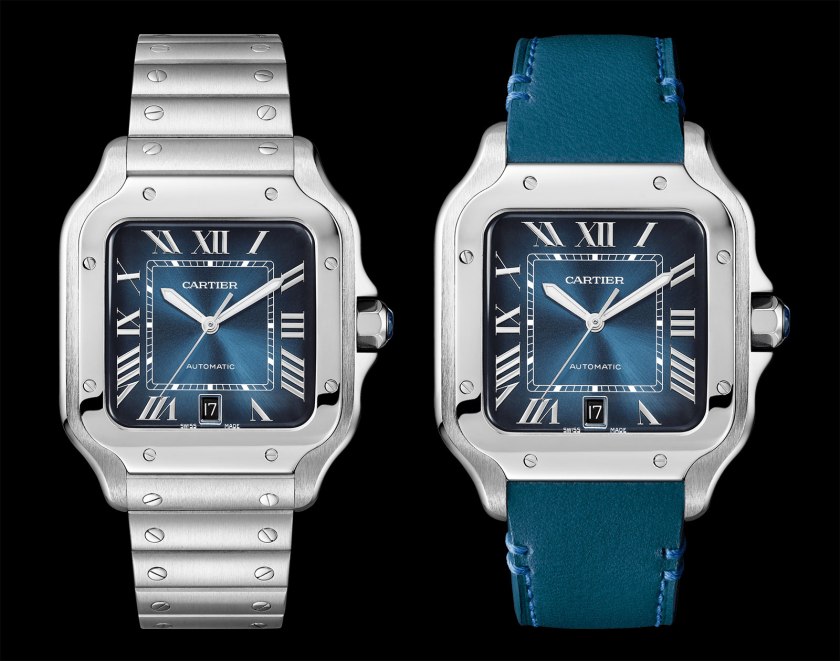









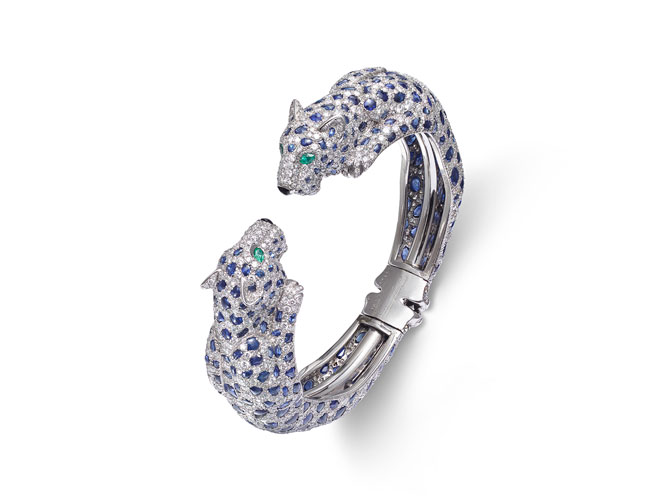
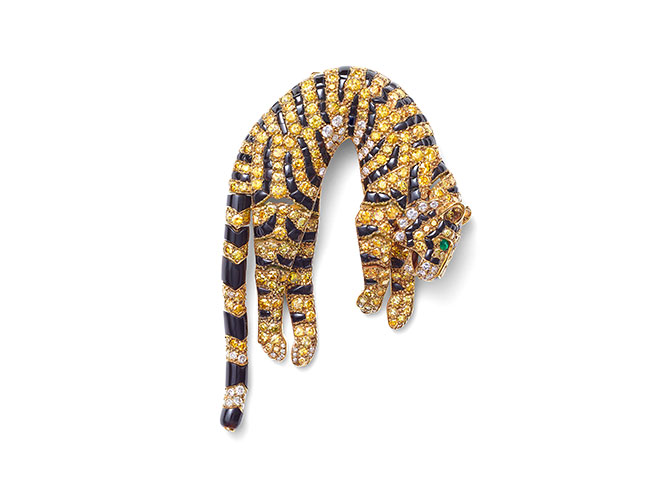
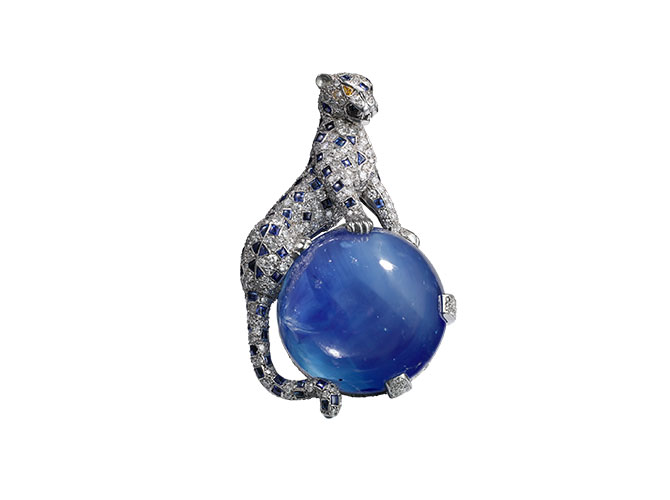








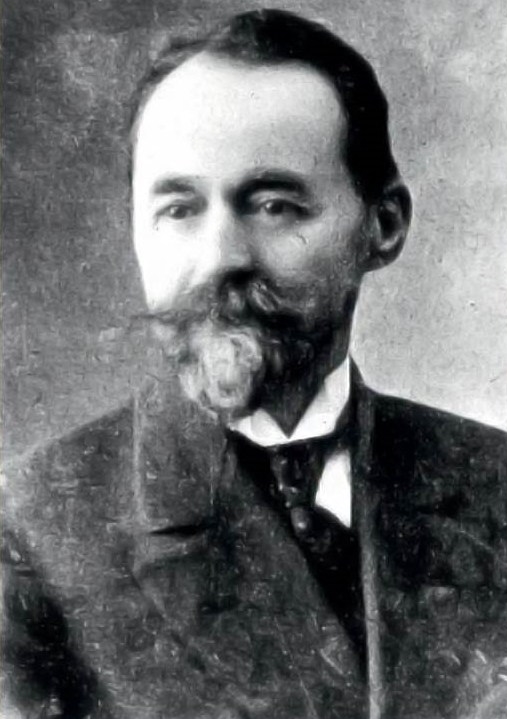
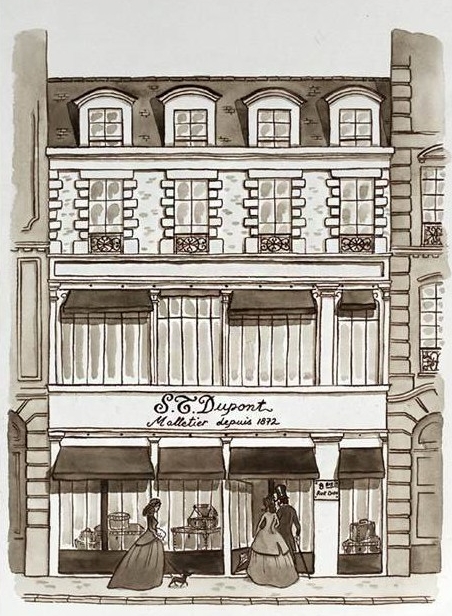
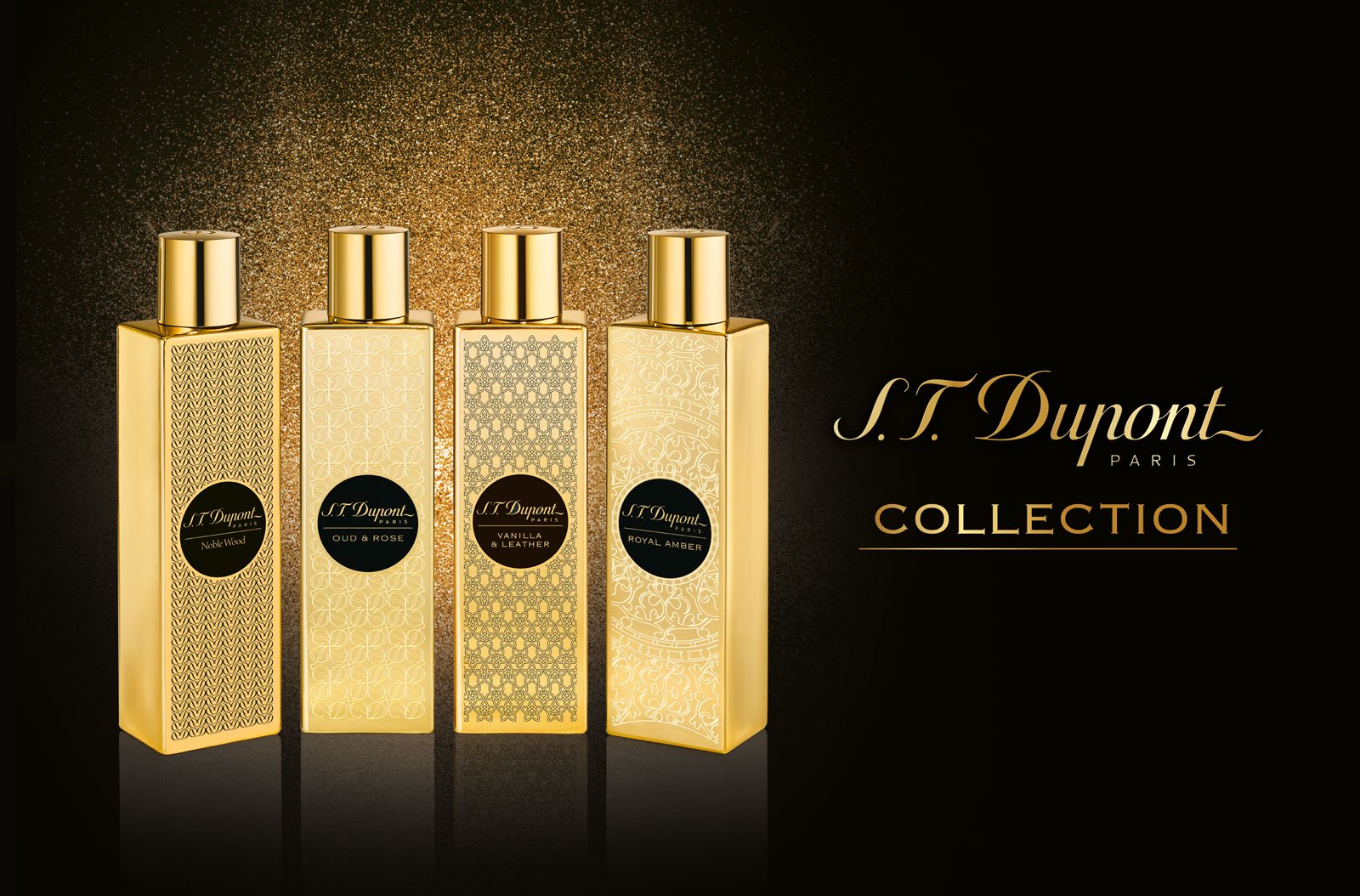
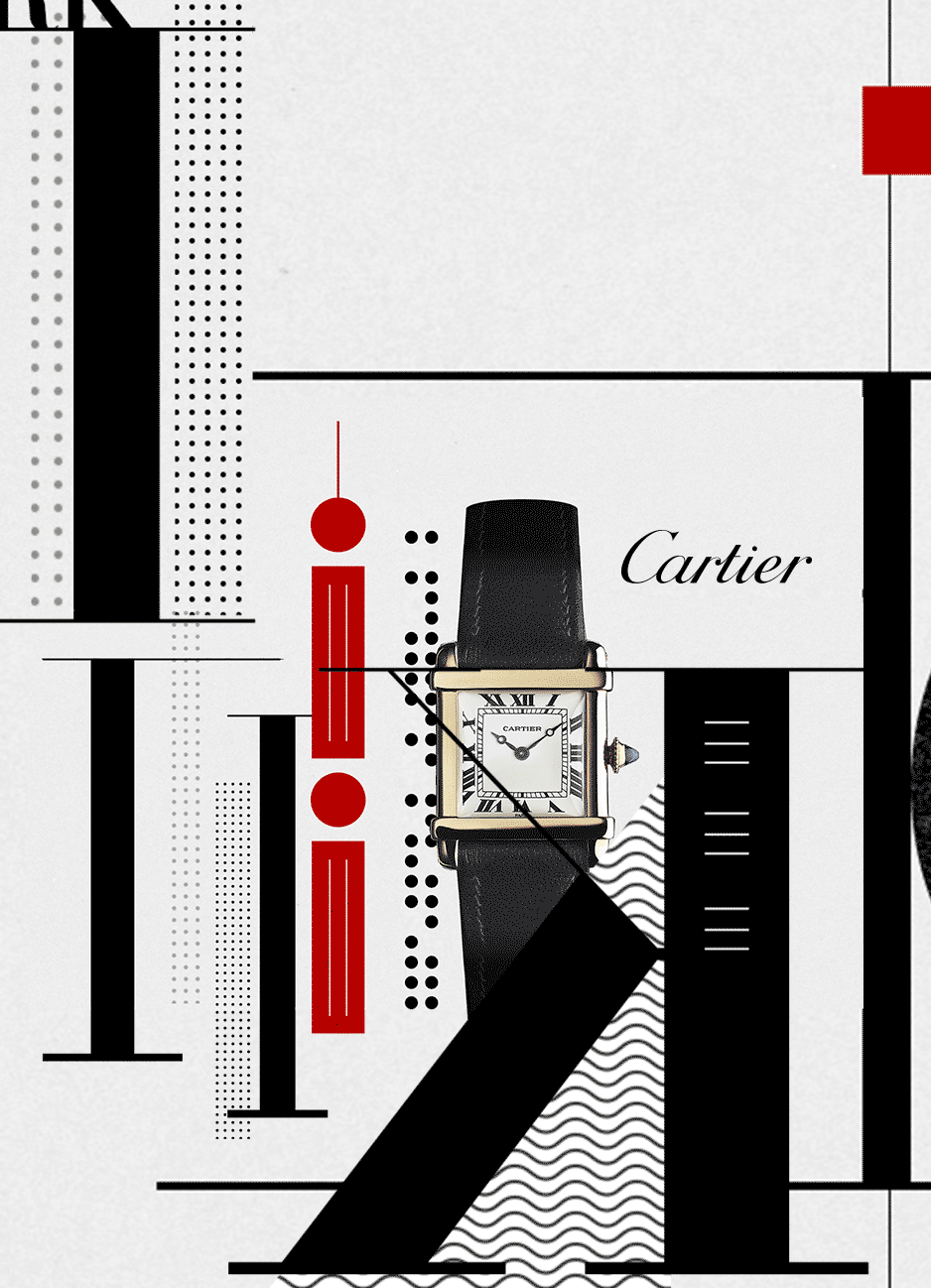

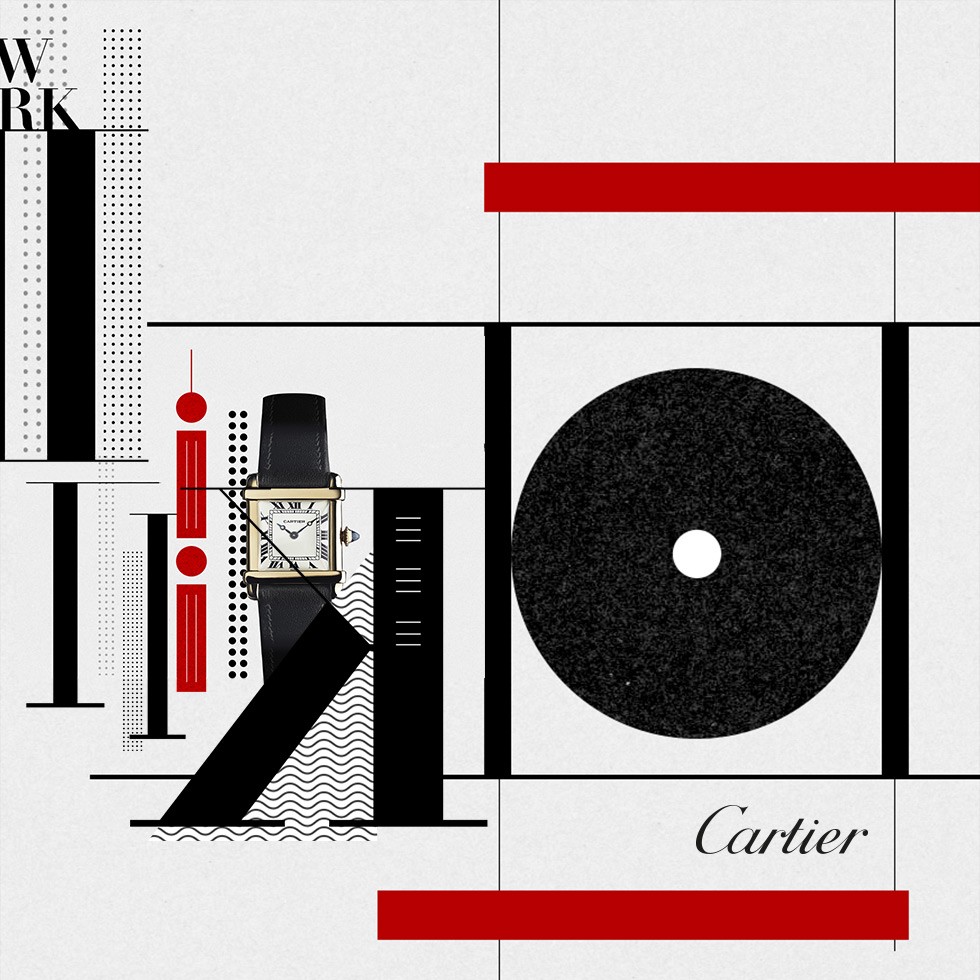
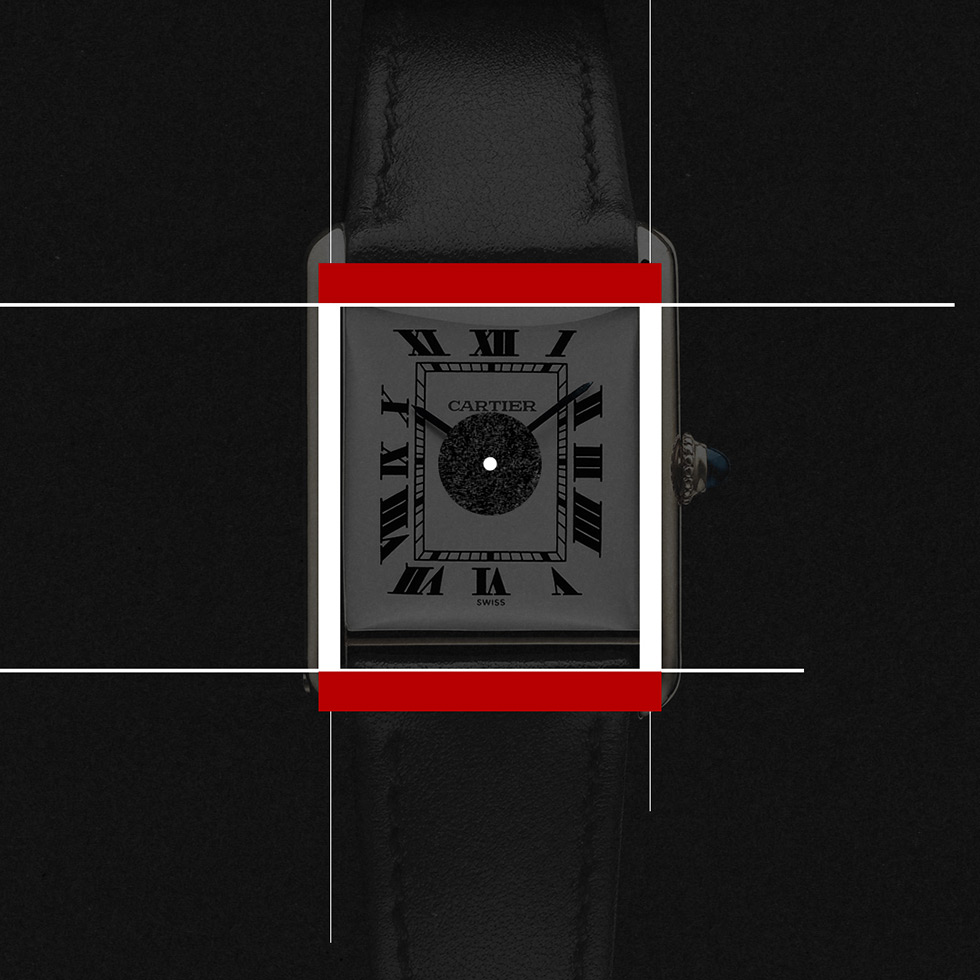
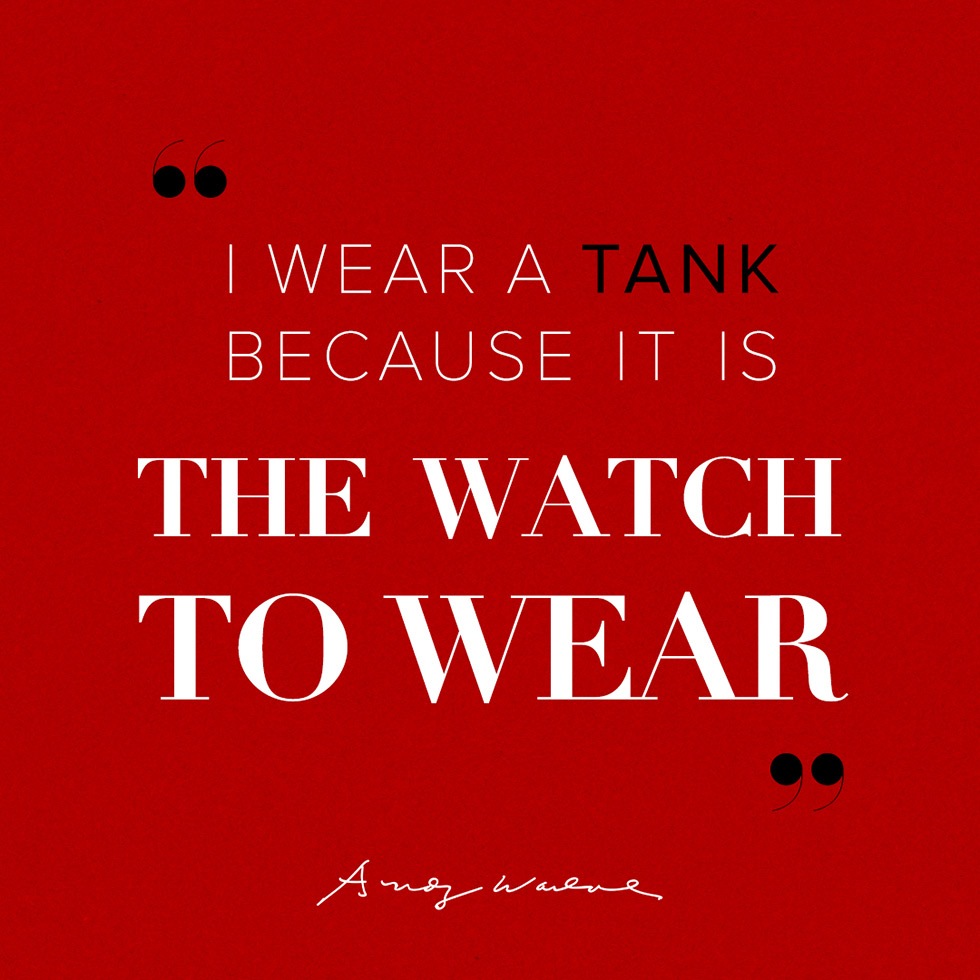

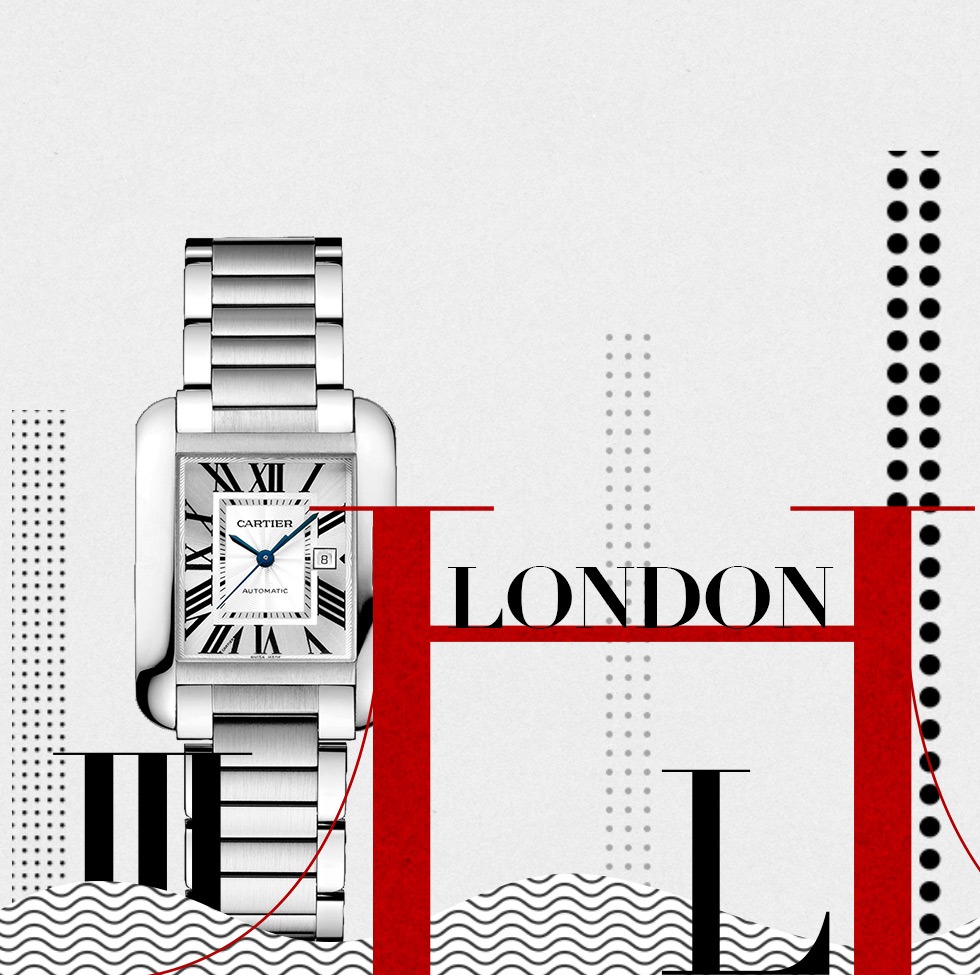
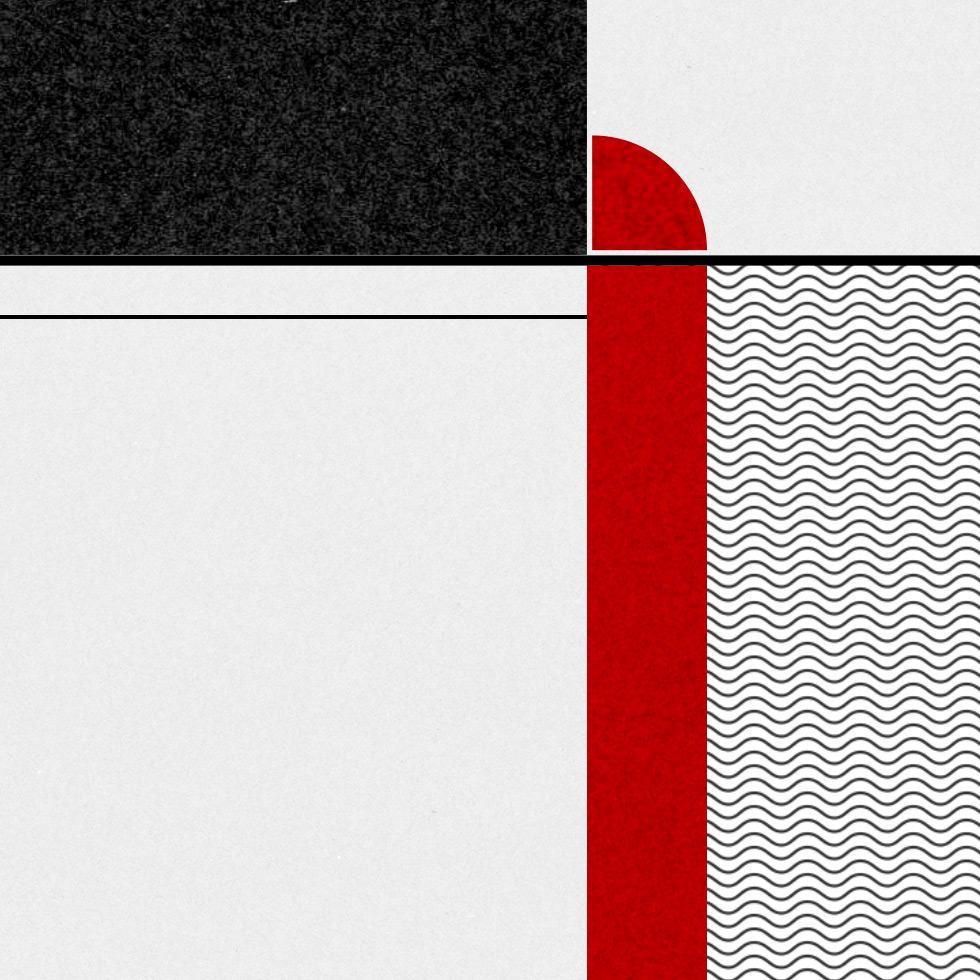
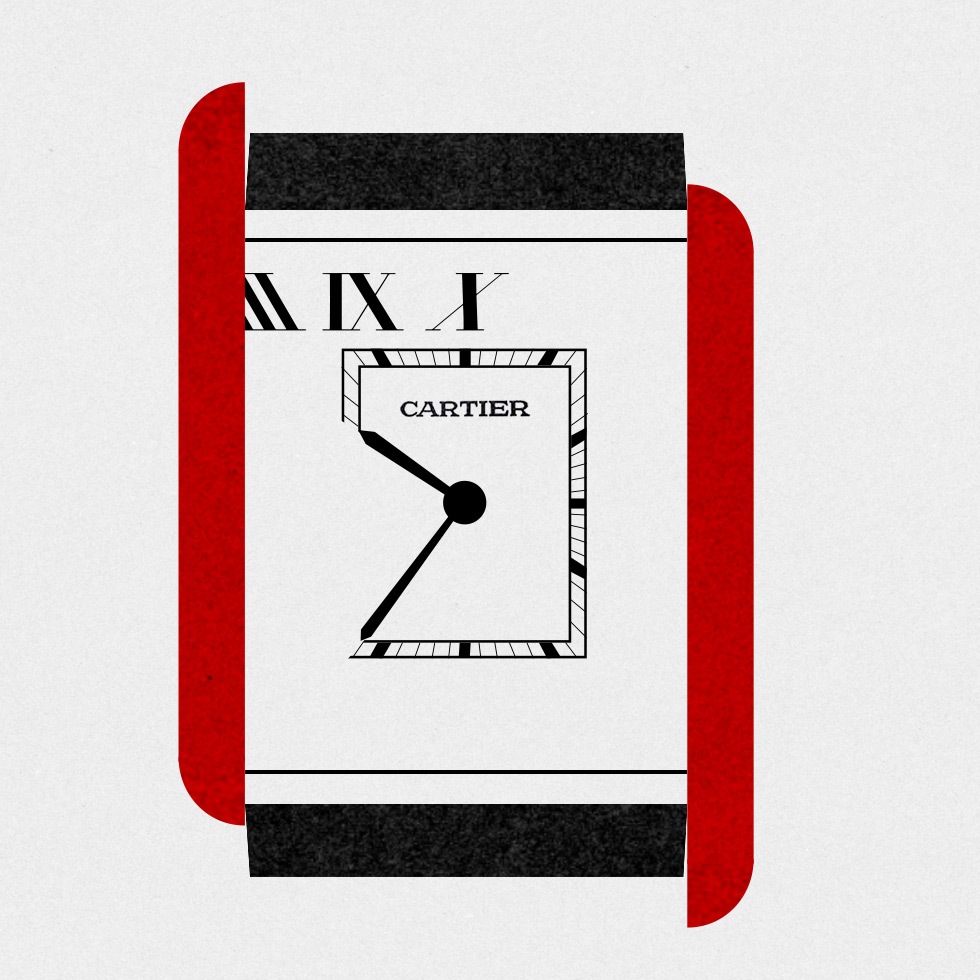
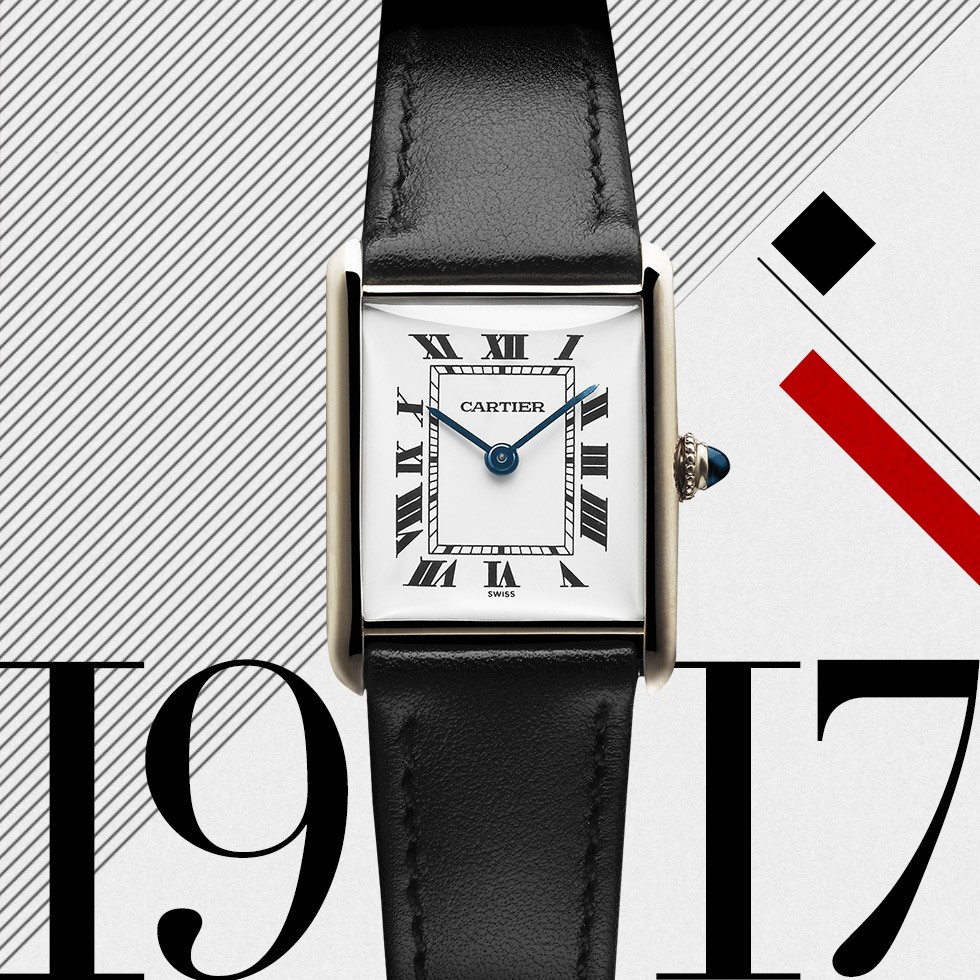
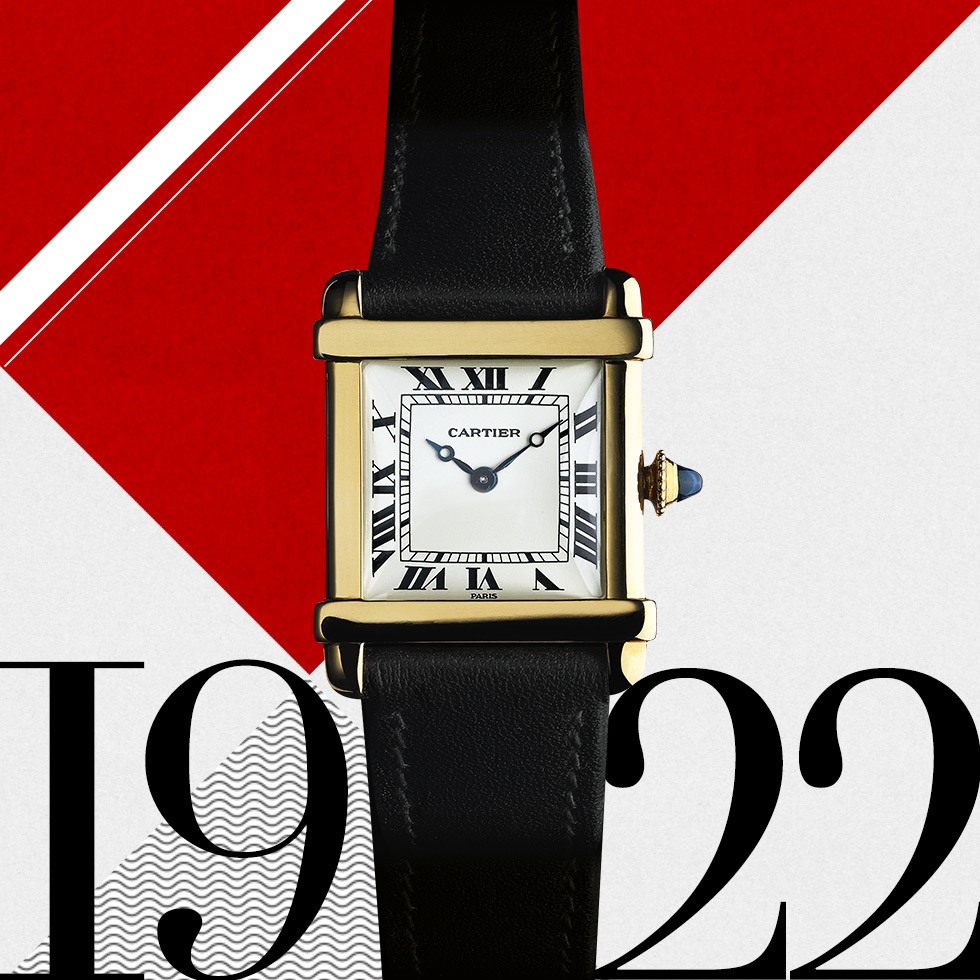
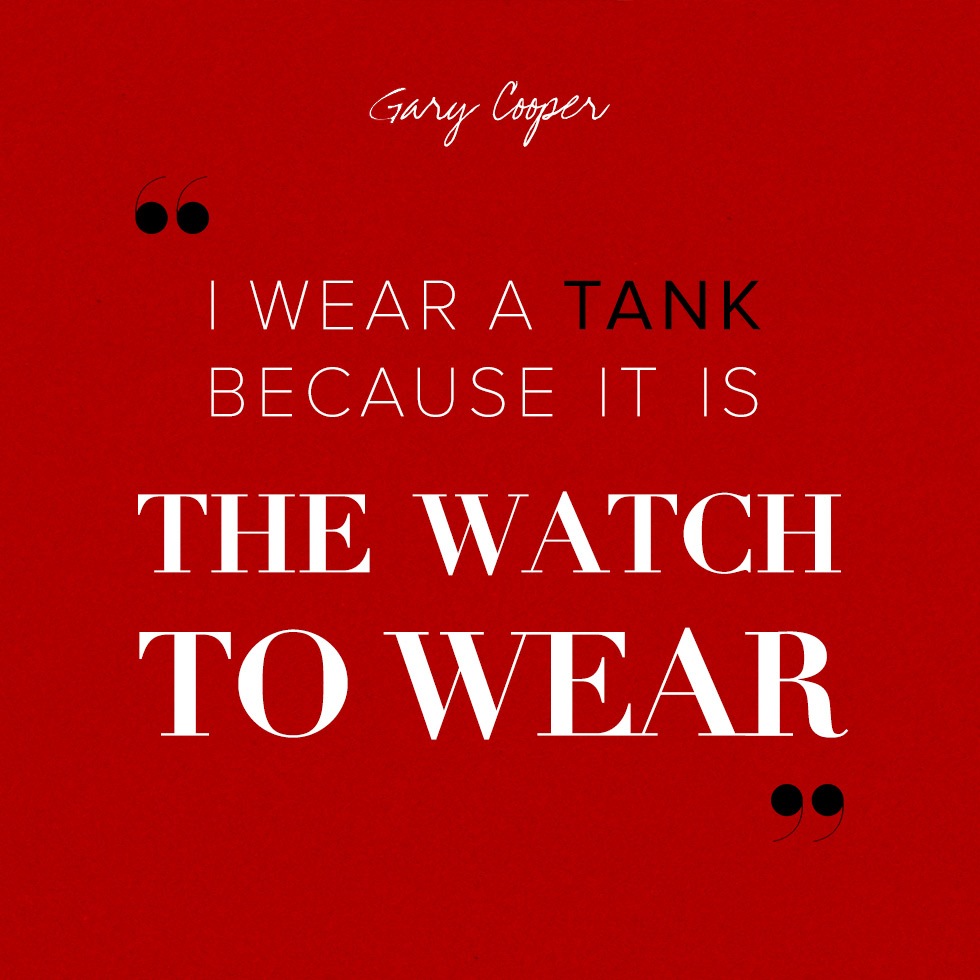


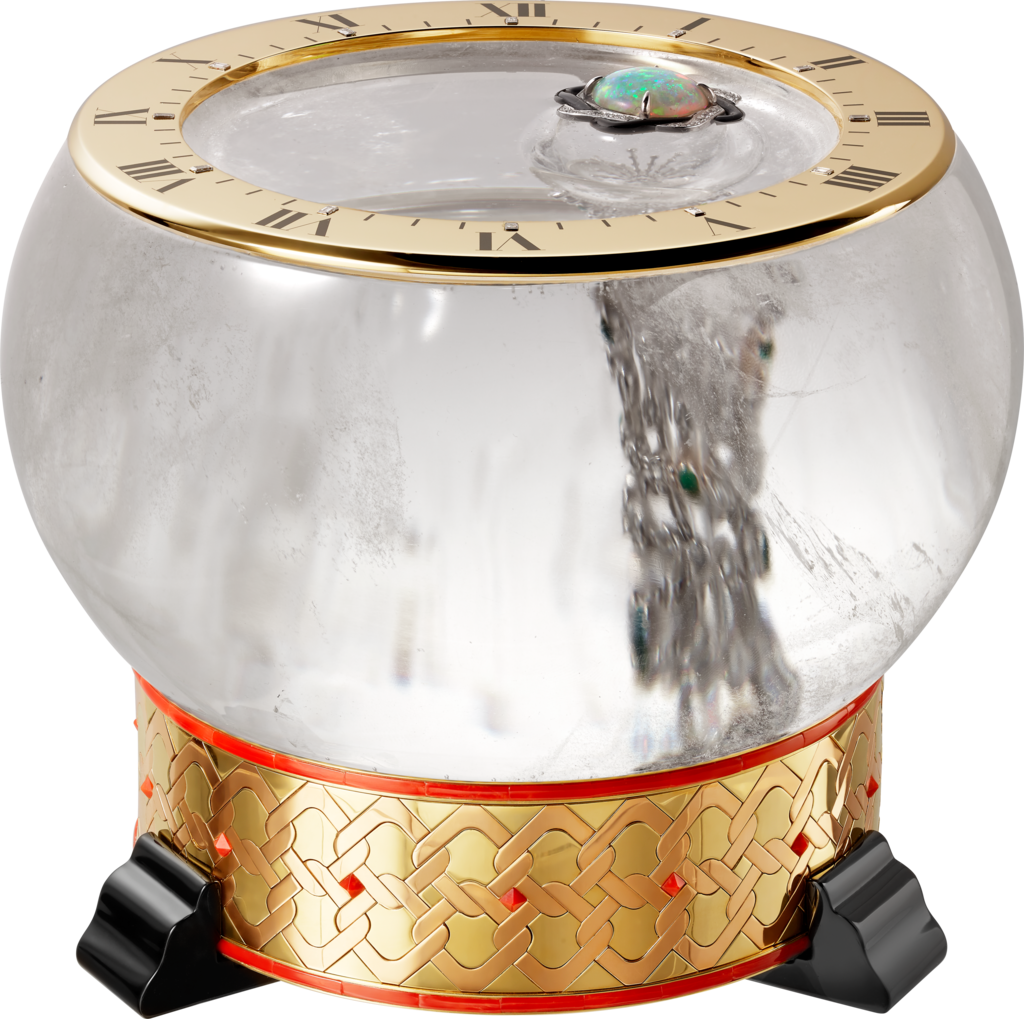


Je moet ingelogd zijn om een reactie te plaatsen.